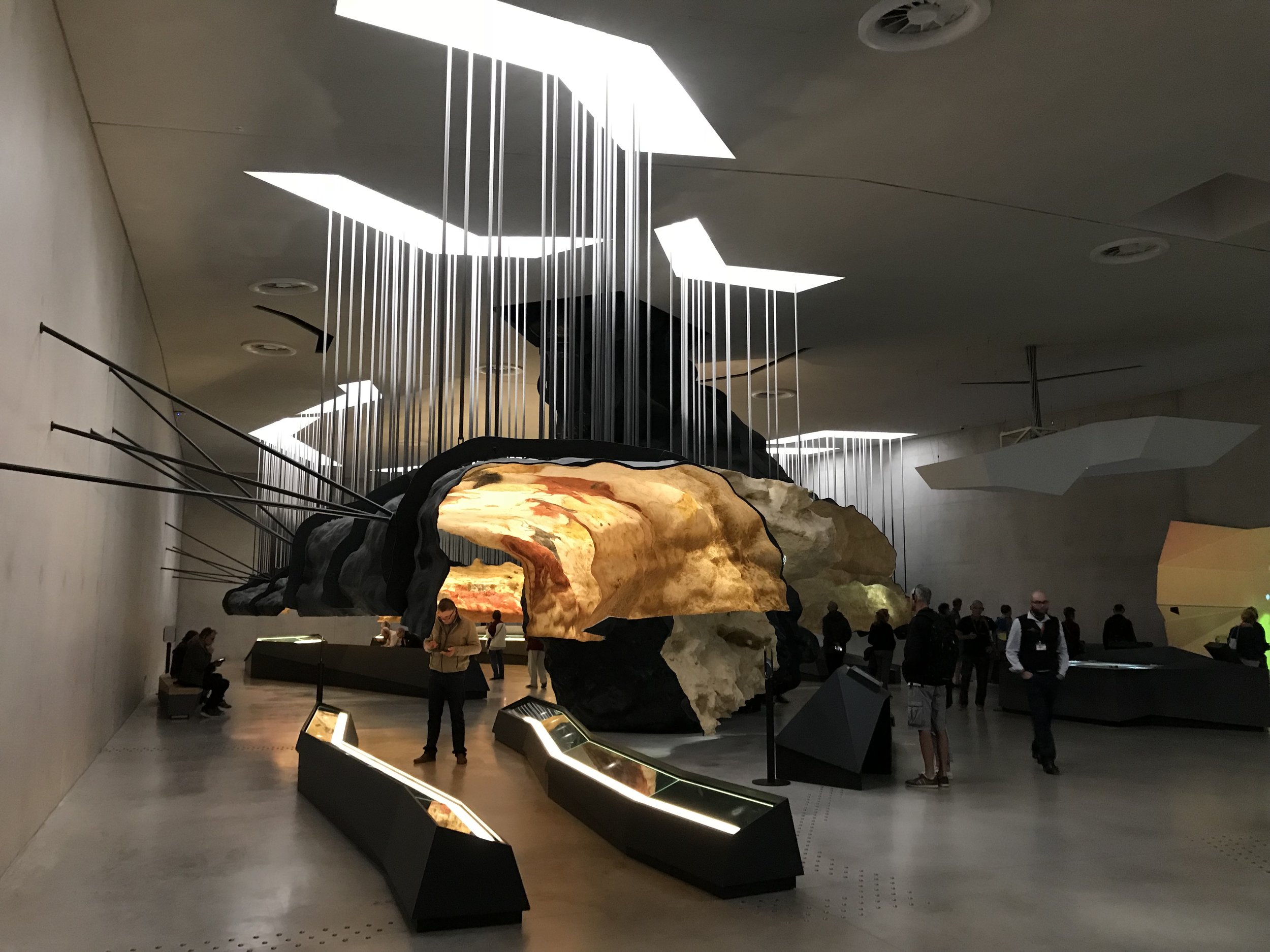Imagining fluid space
“Real space is not experienced except in real time. The body is in motion, the eyes make endless movements at varying focal distances, fixing on innumerable static or moving images. Location and point of view are constantly shifting at the apex of time’s flow….Any time the object has become specific, dense, articulated, and self-contained, it has already succeeded in removing itself from space. It has only various visual aspects: from this side or that, close up or farther away.”[i]
Artist Robert Morris
To continue a thought experiment, if we “unfreeze” time, artist Robert Morris argues that we also must commit to unfreezing space, because they are coupled. How might we imagine such “unfrozen” space?
Since the 16th century, we have increasingly imagined architectural and urban space as set within an abstract, gridded framework. Early perspective experiments, beginning with Brunelleschi and Alberti, refined by Leonardo and dozens of other singular draftsmen through the centuries, have utilized an x-y-z coordinate system to “correctly” place proportionally accurate objects in a measurable framework. This framework, taught to every student of architecture, fastens objects into an idealized, abstracted non-context context. The relatively recent digital revolution is built on this same Cartesian framework. While emerging software platforms challenge the resulting logic of the grid, it is my understanding they still plot form within what I came to call a “Rhino box.”
As I try to visualize a drawing of fluid space, conceived in a time of flux, I think of the work of Francis Bacon, particularly his smeared portraits, in which his anguished subjects were sometimes placed within abstract, gridded boxes.
I think too, of the joyous paintings of southwestern France’s caves—Lascaux among them. Here, though we do not know the artists’ intent, it is easy to imagine figures in motion rendered a-temporally, with loving specificity, yet somehow beyond the fixity of today’s world. Though many of the caves of the Dordogne are still accessible, with restrictions, the only way to photograph these beautiful drawings, more than 20,000 old, is in the Lascaux IV Visitors Center designed by Snohetta, where the interpretive drawings are placed within their own “Rhino boxes.”
[i]Robert Morris in “The Present Tense of Space,” Art in America, (January/February 1978), pgs. 70, 73.



